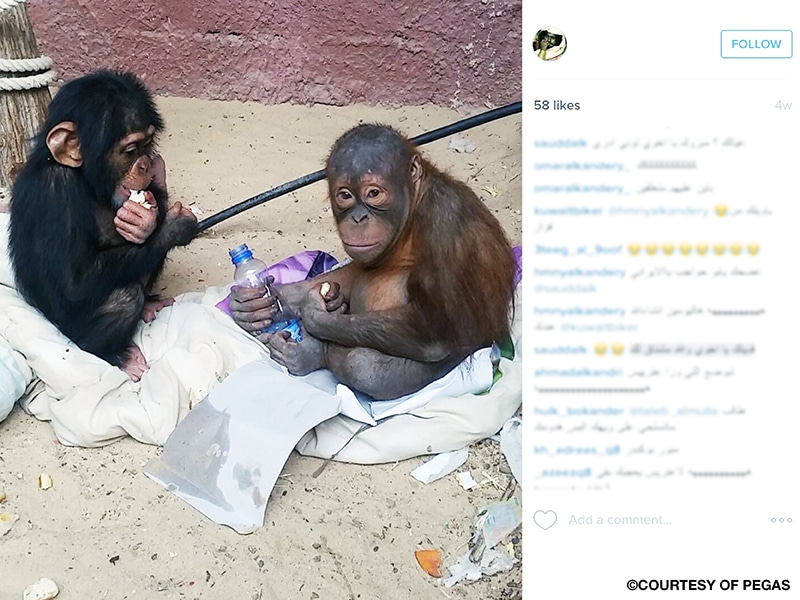
This chapter focuses on key drivers of the live ape trade in four main sections.
The first section considers the demand for apes from zoos and wild animal parks in China, where economic growth has been accompanied by an increase in zoological collections. By cooperating with global zoological associations to enhance the welfare and well-being of their wild-caught apes, Chinese zoos could reduce their ape mortality rate and, consequently, demand for more apes.
The second section explores the demand for apes in the marketing and entertainment industries—including film, television, advertising and circuses—in the United States and Thailand. Specifically, it reviews factors that have led to a decrease in the use of captive apes in the U.S. entertainment industry.
The third section explores the demand for orangutans as pets in Indonesian Borneo, including how misconceptions about these animals and their needs motivate some people to “save” young orphans. This section also discusses the thriving pet markets of Eastern Europe, the Middle East and former Soviet states.
The fourth section analyzes the role of social media as an enabler of the illegal trade in live apes, identifying various ways online platforms initiate and influence demand, in particular by conferring value to ape ownership, providing access to the market and advertising to new audiences. It also considers how non-governmental organizations are working with social media companies to reduce online wildlife trafficking, such as by educating social media users about conservation, monitoring images taken with wildlife, and blocking posts appearing to sell protected species. The section concludes by suggesting alternative and additional ways to engage with companies and consumers, as well as broader approaches to reduce overall demand.

